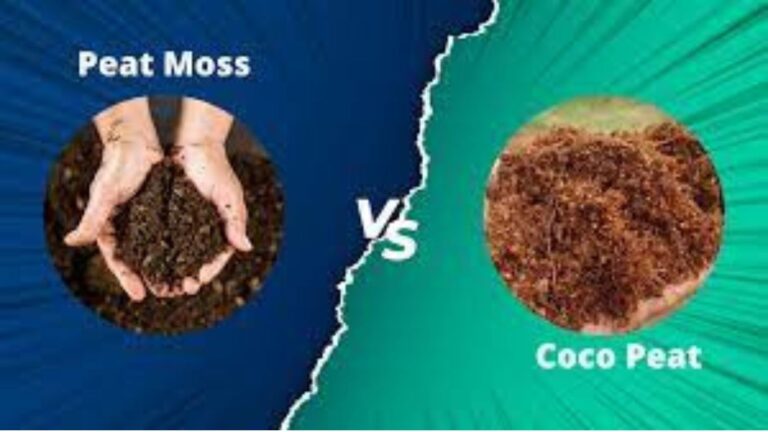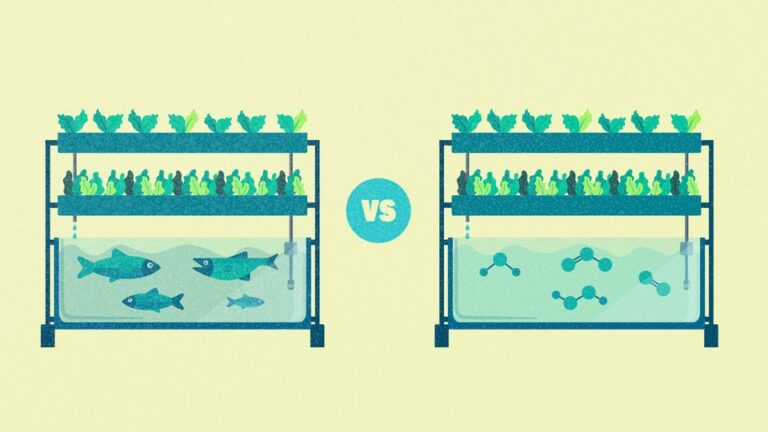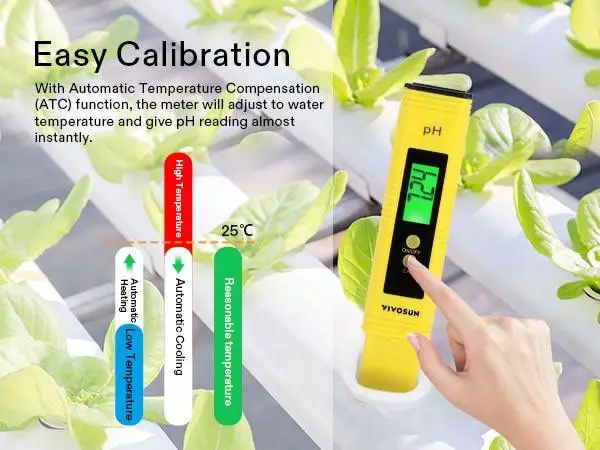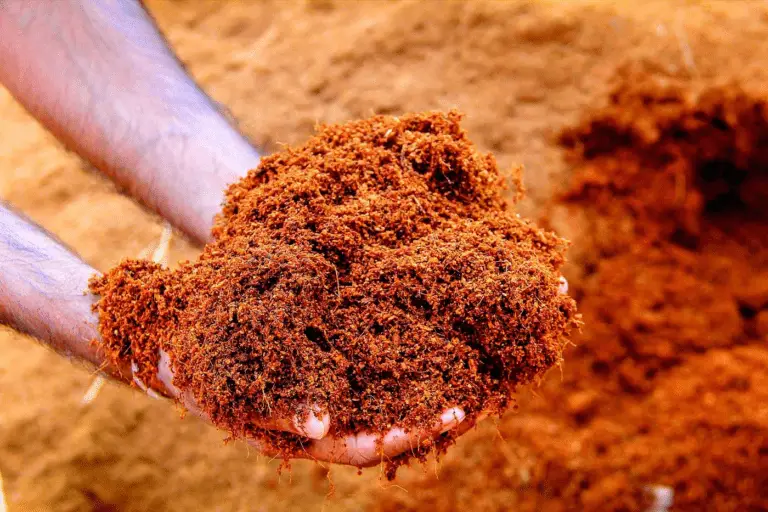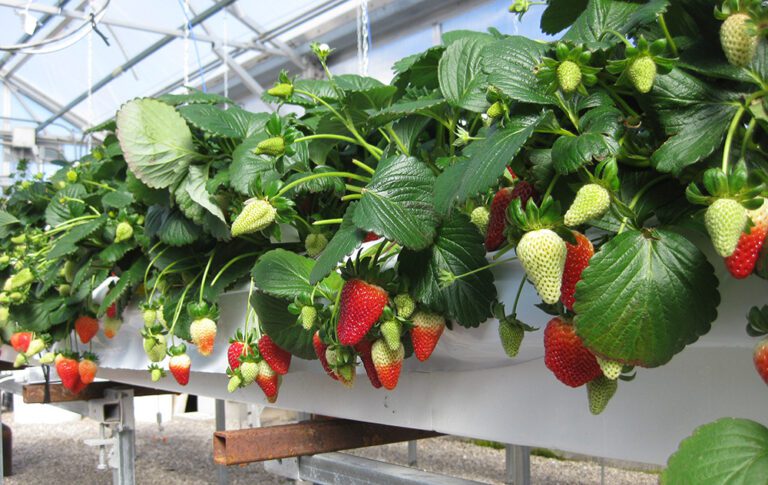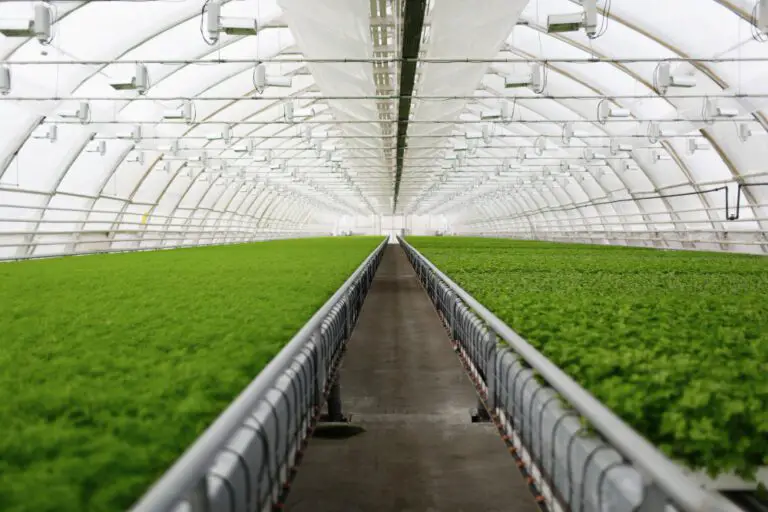How to Use Coco Peat Effectively in Hydroponics
Table of Contents
Irrigation Techniques for Coco Peat in Hydroponics: Dos and Don’ts
Irrigation is a crucial aspect of coco peat cultivation in hydroponics. Proper irrigation techniques ensure that the plants receive the right amount of water and nutrients, resulting in optimal growth and productivity. When it comes to irrigating coco peat in hydroponics systems, there are a few key dos and don’ts to keep in mind.
Firstly, it is important to water coco peat consistently and evenly. This helps maintain the moisture levels required for the plants’ root development and nutrient uptake. Avoid overwatering, as excessive moisture can lead to root rot and other fungal diseases.
Additionally, it is recommended to use a drip irrigation system for coco peat in hydroponics. Drip irrigation provides controlled water delivery directly to the plant’s root zone, minimizing water wastage and reducing the risk of disease. It also allows for the precise regulation of nutrient solutions to ensure optimal plant nutrition.
Furthermore, it is important to monitor the moisture levels in the coco peat regularly. This can be done by inserting a moisture probe or by observing the weight of the growing medium. Adjust the irrigation schedule based on the observed moisture levels, ensuring that the plants are neither underwatered nor overwatered.
Lastly, it is crucial to maintain good drainage in hydroponic systems using coco peat. Proper drainage allows excess water to flow out and prevents the roots from becoming waterlogged. Proper drainage can be achieved by using well-designed pots or trays with adequate drainage holes and by ensuring that the irrigation system does not result in stagnant water.
Adhering to these dos and don’ts of irrigation techniques for coco peat in hydroponics will contribute to the overall success of your cultivation efforts. By providing the plants with the right amount of water and nutrients, you can help them thrive and achieve their full potential in a hydroponic environment.
| Irrigation Techniques for Coco Peat in Hydroponics: Dos and Don’ts |
|---|
| Do’s |
| 1. Maintain Consistent Moisture: Ensure that coco peat remains consistently moist, allowing for optimal water retention without causing waterlogged conditions. |
| 2. Monitor pH Levels: Regularly check and adjust the pH levels of the nutrient solution to ensure they fall within the optimal range for plant growth, typically between 5.5 and 6.5. |
| 3. Provide Adequate Drainage: Ensure proper drainage in the hydroponic system to prevent waterlogging. Adequate drainage promotes healthy root growth and prevents root diseases associated with excess moisture. |
| 4. Use High-Quality Coco Peat: Choose a high-quality coco peat that is free from contaminants and has a well-structured composition. Quality coco peat enhances water absorption and aeration for plant roots. |
| 5. Automate Irrigation: Consider implementing an automated irrigation system to deliver the nutrient solution consistently. Automation ensures that plants receive water at regular intervals, optimizing growth. |
| Don’ts |
| 1. Overwatering: Avoid overwatering coco peat, as excessive moisture can lead to oxygen deprivation in the root zone and result in root rot. Adjust irrigation frequency to prevent waterlogged conditions. |
| 2. Neglect pH Levels: Neglecting pH levels can affect nutrient uptake. Avoid allowing the pH to drift outside the recommended range, as it can lead to nutrient deficiencies and hinder plant development. |
| 3. Compromise on Drainage: Inadequate drainage can compromise plant health. Avoid setups that impede drainage, such as compacted coco peat or containers without proper outlets. Ensure free drainage for optimal results. |
| 4. Use Poor-Quality Coco Peat: Choose coco peat from reputable sources. Using poor-quality coco peat may introduce contaminants or hinder proper water retention and aeration, impacting plant performance. |
| 5. Ignore Automation Opportunities: While manual watering is an option, ignoring automation can lead to irregular watering schedules. Implementing automated systems ensures consistency and reduces the risk of human error. |

Monitoring and Maintaining Coco Peat pH Levels in Hydroponics Systems
Monitoring and maintaining pH levels in hydroponic systems is crucial for the successful cultivation of plants in coco peat. It is widely used as a growing medium in hydroponic setups due to its excellent water retention and aeration properties. However, the pH level of coco peat can fluctuate, affecting nutrient availability and plant health.
To ensure optimal pH levels, regular monitoring is essential. A pH meter or test kit can be used to measure the acidity or alkalinity of the coco peat solution. The ideal pH range for most hydroponic crops is between 5.5 and 6.5. If the pH deviates from this range, adjustments should be made accordingly. Using pH adjusters such as pH up or pH down solutions can help bring the pH back to the desired level. It is important to follow the manufacturer’s instructions and make gradual adjustments to avoid sudden pH swings that may stress the plants. Regular monitoring and adjustment of pH levels will ensure that plants receive the right balance of nutrients for healthy growth.
Maintaining stable pH levels in hydroponic systems not only enhances nutrient uptake but also prevents nutrient imbalances and deficiencies that can hinder plant growth and development. Fluctuating pH levels can lead to micronutrient lockout or toxicity, affecting plant health and yield. Continuous monitoring and adjustment of pH levels will help prevent such issues, resulting in robust and productive plants. By maintaining the ideal pH range, gardeners can create an optimal growing environment for their hydroponic crops and maximize their harvest.
| Maintaining pH Levels in Hydroponic Systems with Coco Peat |
|---|
| Key Practices |
| 1. Regular Monitoring: Regularly monitor pH levels in the coco peat solution using a pH meter or test kit. |
| 2. Fluctuation Awareness: Be aware of pH fluctuations in coco peat, which can impact nutrient availability and plant health. |
| 3. Ideal pH Range: Maintain the pH within the ideal range of 5.5 to 6.5 for most hydroponic crops. |
| 4. Adjustment Tools: Use pH up or pH down solutions to make gradual adjustments to the coco peat solution’s acidity or alkalinity. |
| 5. Avoid Sudden Swings: Make gradual adjustments to prevent sudden pH swings that may stress plants. |
| 6. Continuous Monitoring: Continuously monitor and adjust pH levels to ensure plants receive a balanced nutrient solution for optimal growth. |
| 7. Enhanced Nutrient Uptake: Maintaining stable pH levels enhances nutrient uptake, preventing imbalances and deficiencies in plants. |
| 8. Prevent Micronutrient Issues: Fluctuating pH levels can lead to micronutrient lockout or toxicity. Continuous monitoring prevents such issues. |
| 9. Create Optimal Environment: Maintaining the ideal pH range creates an optimal growing environment, maximizing the health and productivity of hydroponic crops. |
| 10. Maximize Harvests: Consistent pH management leads to robust and productive plants, maximizing harvest yields in hydroponic cultivation. |

Controlling Diseases and Pests in Coco
Controlling diseases and pests in coco requires a proactive approach and careful monitoring of the hydroponic system. Prevention is key when it comes to maintaining a healthy garden. One important step is to ensure that the coco medium is free from any pathogens or pests before use. Using sterilized coco or treating the medium with beneficial microbes can help create a more favorable environment for plant growth while reducing the risk of disease.
Regularly inspecting the plants for any signs of pests or diseases is crucial in early detection and prevention. Common pests that can affect coco gardens include aphids, spider mites, and whiteflies. To control these pests, introducing natural predators like ladybugs or using insecticidal soaps can be effective without harming the plants or the overall ecosystem.
Additionally, maintaining proper hygiene in the hydroponic system is essential. Regularly cleaning and disinfecting equipment, such as tubing and trays, helps prevent the buildup of algae, fungi, and other harmful organisms that can lead to disease outbreaks. Monitoring the nutrient solution’s pH and conductivity levels is also crucial as imbalances can weaken plants and make them more susceptible to pests and diseases.
By implementing these preventive measures and staying vigilant in monitoring the garden, gardeners can ensure their coco plants remain healthy, thriving, and pest-free.
• Prevention is key in maintaining a healthy coco garden
• Use sterilized coco or treat the medium with beneficial microbes to create a favorable environment for plant growth and reduce disease risk
• Regularly inspect plants for signs of pests or diseases to enable early detection and prevention
• Common pests in coco gardens include aphids, spider mites, and whiteflies
• Introduce natural predators like ladybugs or use insecticidal soaps to control pests without harming the plants or ecosystem
• Maintain proper hygiene in the hydroponic system by regularly cleaning and disinfecting equipment to prevent harmful organism buildup
• Monitor nutrient solution’s pH and conductivity levels to prevent imbalances that can weaken plants
• Implement these preventive measures and stay vigilant in monitoring the garden for a healthy, thriving, pest-free coco garden.
What are some common diseases that can affect coco peat in hydroponics systems?
Some common diseases that can affect in the hydroponics systems include root rot, powdery mildew, and damping-off.
How can root rot be controlled in coco peat?
Root rot can be controlled by ensuring proper drainage, avoiding overwatering, and using sterile planting materials.
What is damping-off and how can it be prevented in coco peat?
Damping-off is a fungal disease that causes seedlings to rot at the base. To prevent damping-off, it is important to use clean and sterile containers, provide adequate airflow, and avoid overwatering.
Can pests infest coco peat in hydroponics systems?
Yes, pests can infest coco peat in hydroponics systems. Common pests include fungus gnats, aphids, and spider mites.
How can fungus gnats be controlled in coco peat?
Fungus gnats can be controlled in coco peat by allowing the top layer to dry out between waterings, using sticky traps, and applying beneficial nematodes.
Are there any natural methods to control aphids in coco peat?
Yes, there are natural methods to control aphids in coco peat. These include introducing beneficial insects like ladybugs or lacewings, using neem oil spray, or applying insecticidal soap.
What are some signs of spider mite infestation in coco peat?
Signs of spider mite infestation in coco peat include tiny webs, yellow or stippled leaves, and a general decline in plant health.
How can spider mites be eradicated from coco peat?
Spider mites can be eradicated from coco peat by regularly spraying the plants with water to create a humid environment, using insecticidal soap or horticultural oil, and introducing predatory mites.
Is it necessary to sterilize coco peat before using it in hydroponics systems?
It is not always necessary to sterilize coco peat before using it in hydroponics systems. However, if there is a history of disease or pest issues, sterilizing the coco peat can help prevent potential problems.

Beck Wakeford is a dedicated writer at SouthElMonteHydroponics, with a fervent enthusiasm for agriculture and technological innovation. Armed with a degree in Agricultural Engineering from a leading university, Beck specializes in hydroponic systems design, automation, and optimization. Their passion for merging traditional farming with cutting-edge technology drives them to explore novel solutions for sustainable food production. Beck’s expertise and keen interest in the intersection of engineering and agriculture make them a valuable asset in the quest for efficient and eco-friendly farming practices. Through their writing, Beck aims to inspire others to embrace the potential of hydroponics in shaping a more sustainable future.

